Affiliate links on Android Authority may earn us a commission. Learn more.
Samsung Gear 2 review
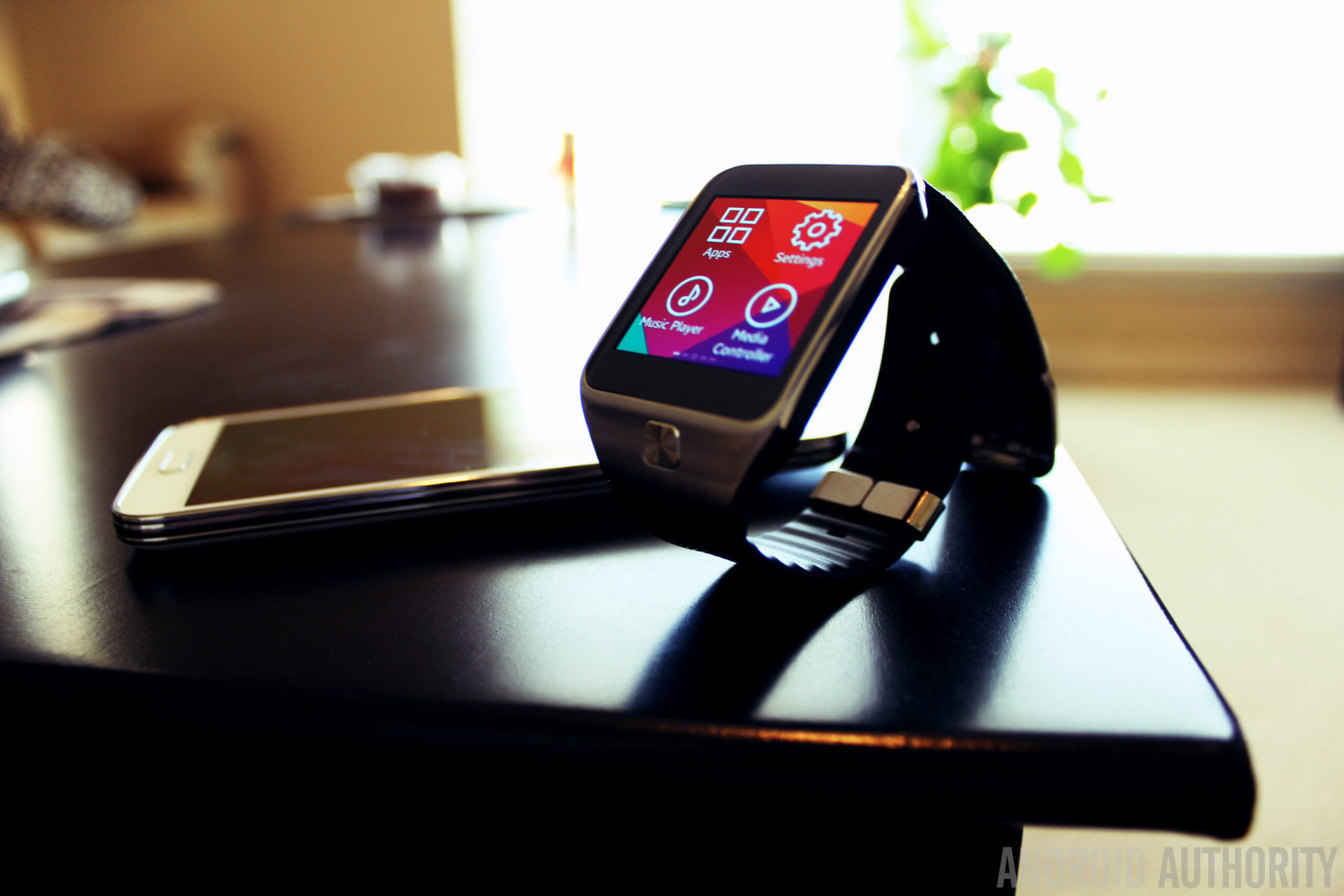
Wearable devices are set to take center stage in the mobile market this year. For one, Google has launched its Android Wear platform, so we can expect more device makers to come up with smartwatches and other wearables built on this platform. Not all brands are building their wearables with Android, however, most notable of which is Samsung, which actually shifted to its own Tizen platform in the latest Samsung Gear 2.

This year, Samsung has a trio of smartwatches: the Gear 2, Gear 2 Neo and Gear Fit. The Gear 2 is the biggest among the new releases, and is the successor to the previous year’s Galaxy Gear line. The Korean company has notably dropped the “Galaxy” branding from this new lineup, which perhaps reflects its change in platform in favor of Tizen.
Hardware
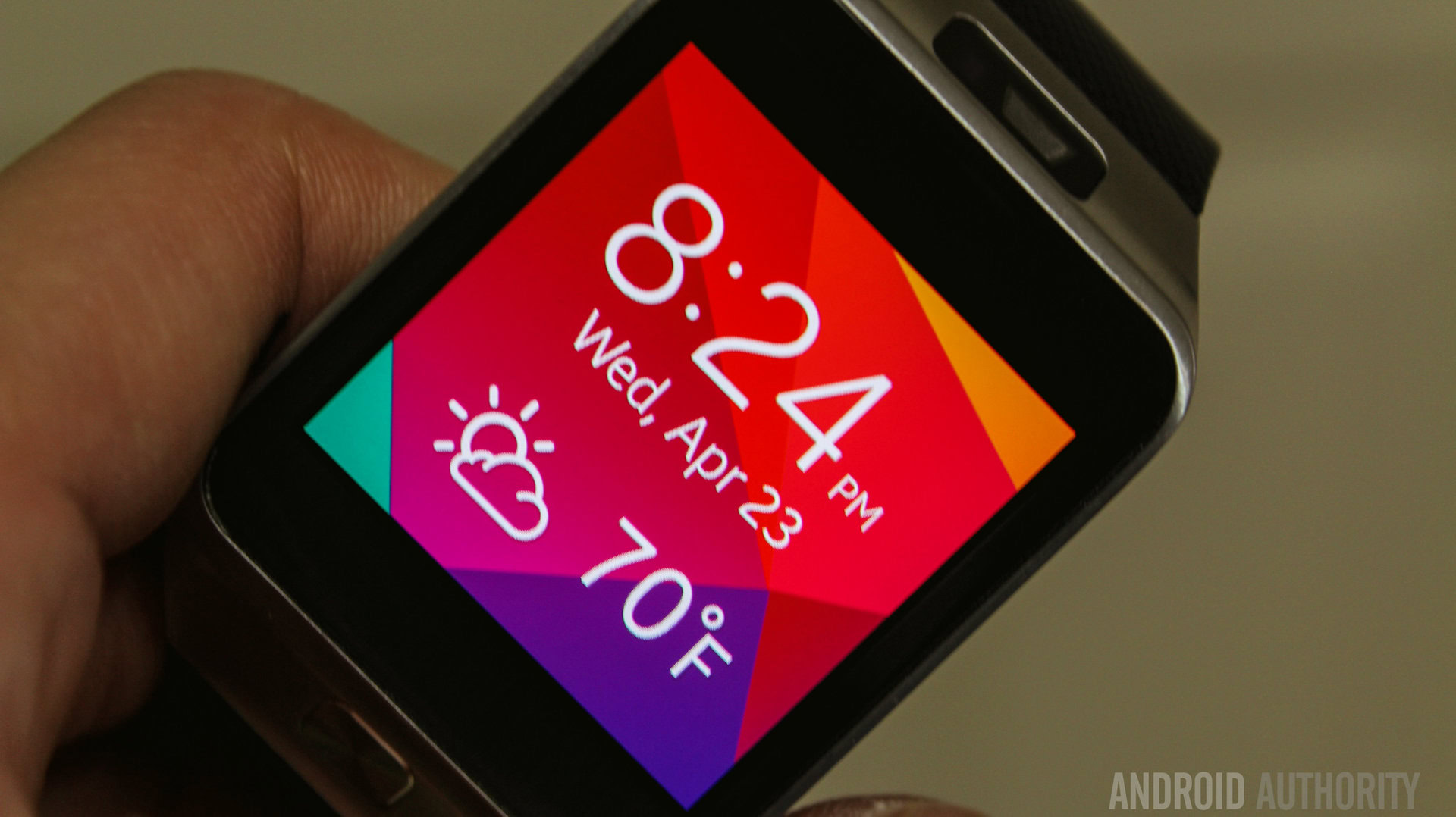
The Gear 2 addresses certain flaws that plagued the original Galaxy Gear, and this starts with the hardware. Like its predecessor, the Gear 2 comes with a metal construction on the face and clasp, which gives the watch a premium look and feel. The textured black band is now removable, however, which means users have an option of switching them out for other colors or materials.
While the watch still has an industrial look reminiscent of the first Galaxy Gear, the Gear 2 does look more refined than its predecessor. In terms of wearability, it feels better — lighter and more compact. Samsung has actually done a good job in concealing the watch’s screws and electronics, which means it’s more of a normal watch than a bulky wrist-strapped device.
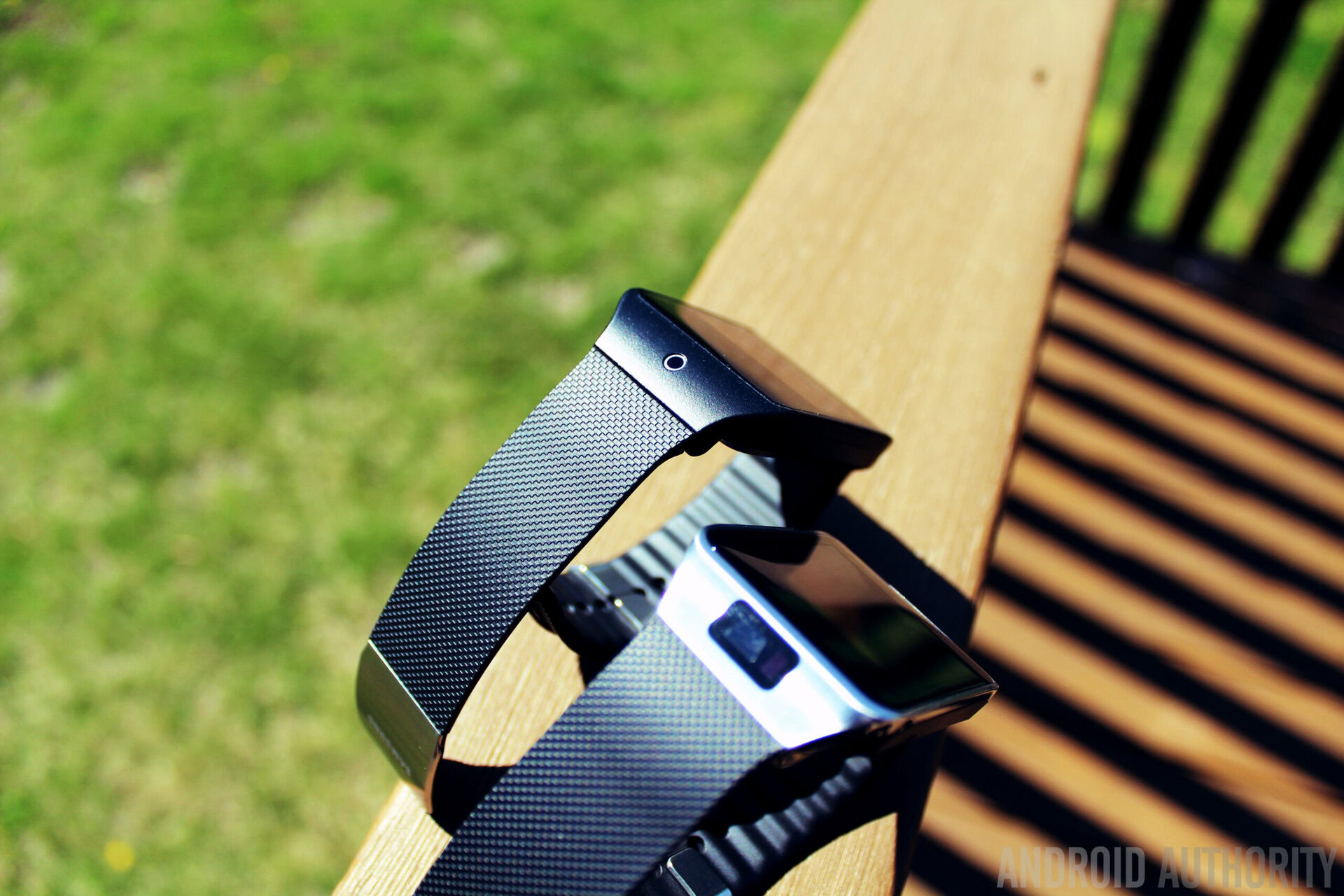
For example, the camera module now sits flush on the bezel and no longer protrudes from the case like with the Galaxy Gear. Likewise, the speaker is now located on the underside, in contrast with the Galaxy Gear’s clasp-mounted speakers. Even the charging accessory is smaller now, which is a big improvement from the Galaxy Gear’s bulky charging dock.
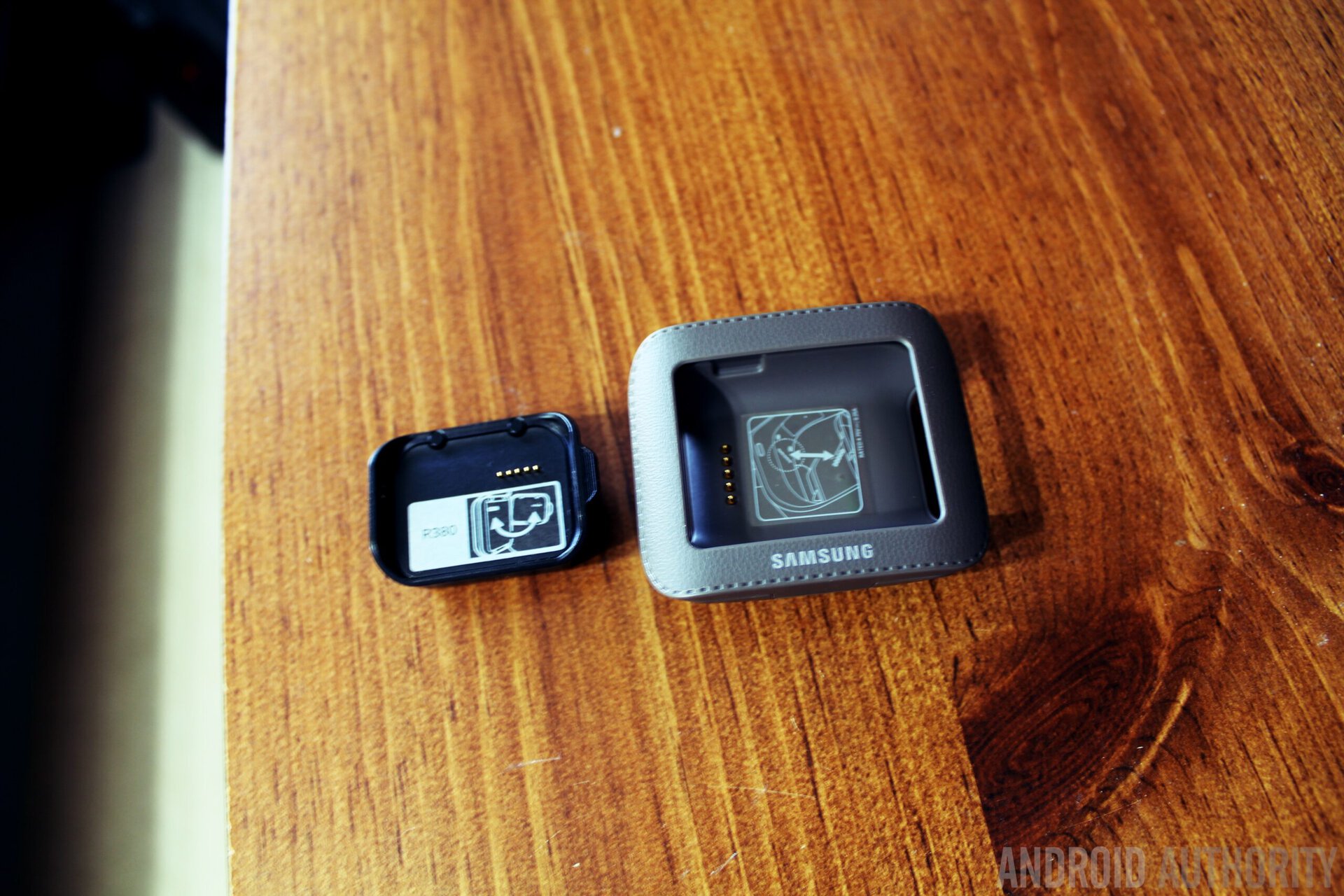
Some additional hardware notes:
- The power button, which was moved to the front of the bezel, now doubles as the home button.
- Like the Galaxy S5, the Gear 2 also comes with a heart rate monitor and is IP67 certified, which means the watch is protected from dust and is water resistant.
Display and wearability
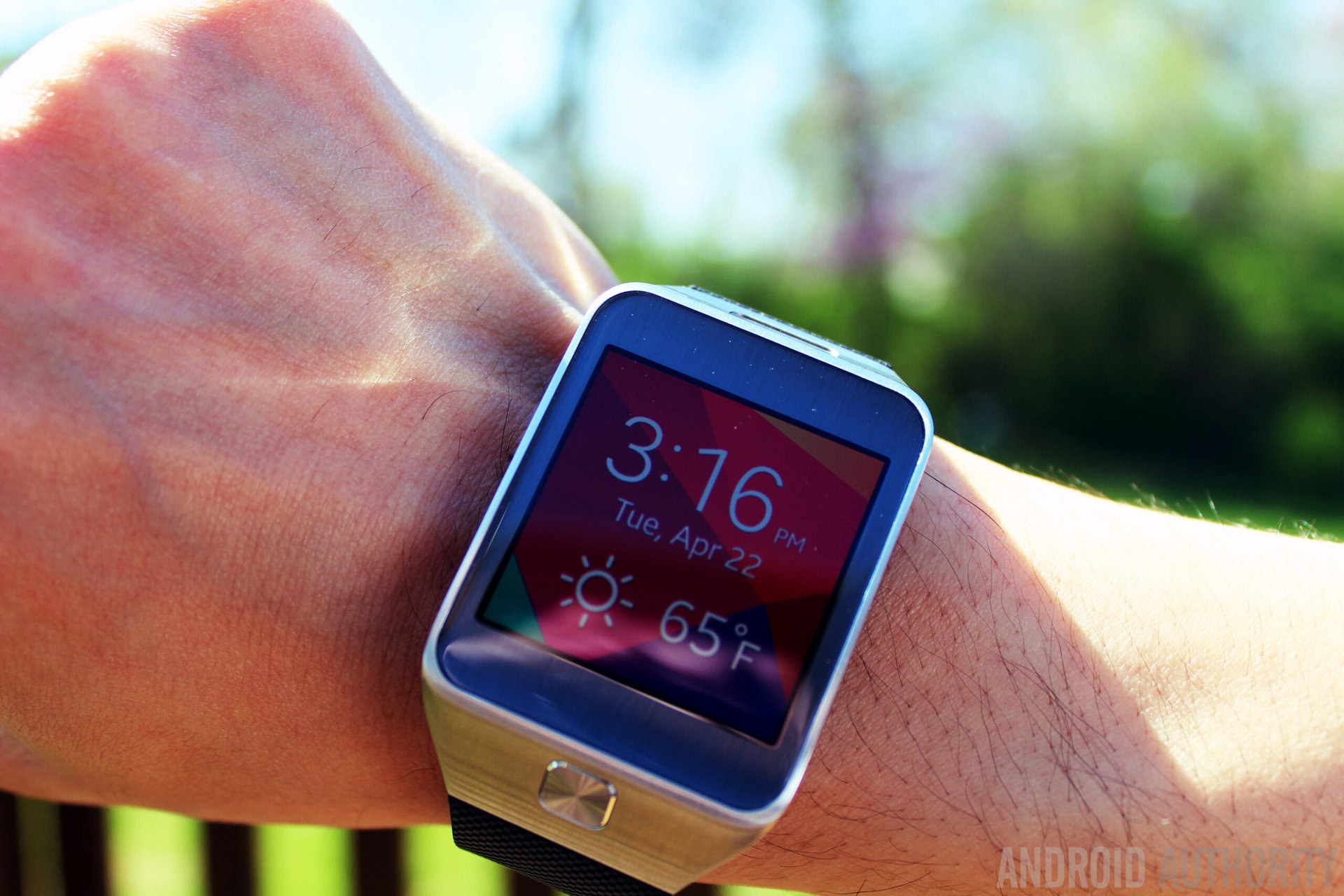
The Gear 2’s screen is similar to the one found on the Galaxy Gear, which is a 1.63-inch 320 x 320 pixel display. The Super AMOLED gives you deep blacks and vivid colors, and is viewable even in bright sunlight, making the display easy to see even when outdoors.
The display size is optimal for this class of device, which makes it comfortable enough to wear, yet accessible enough for viewing notifications and small bits of information. In terms of size, the Gear 2 actually comes close to sports watches like the Casio G-Shock series. At 68 grams, you should be comfortable enough with the Gear 2, even for extended periods of time.
Performance
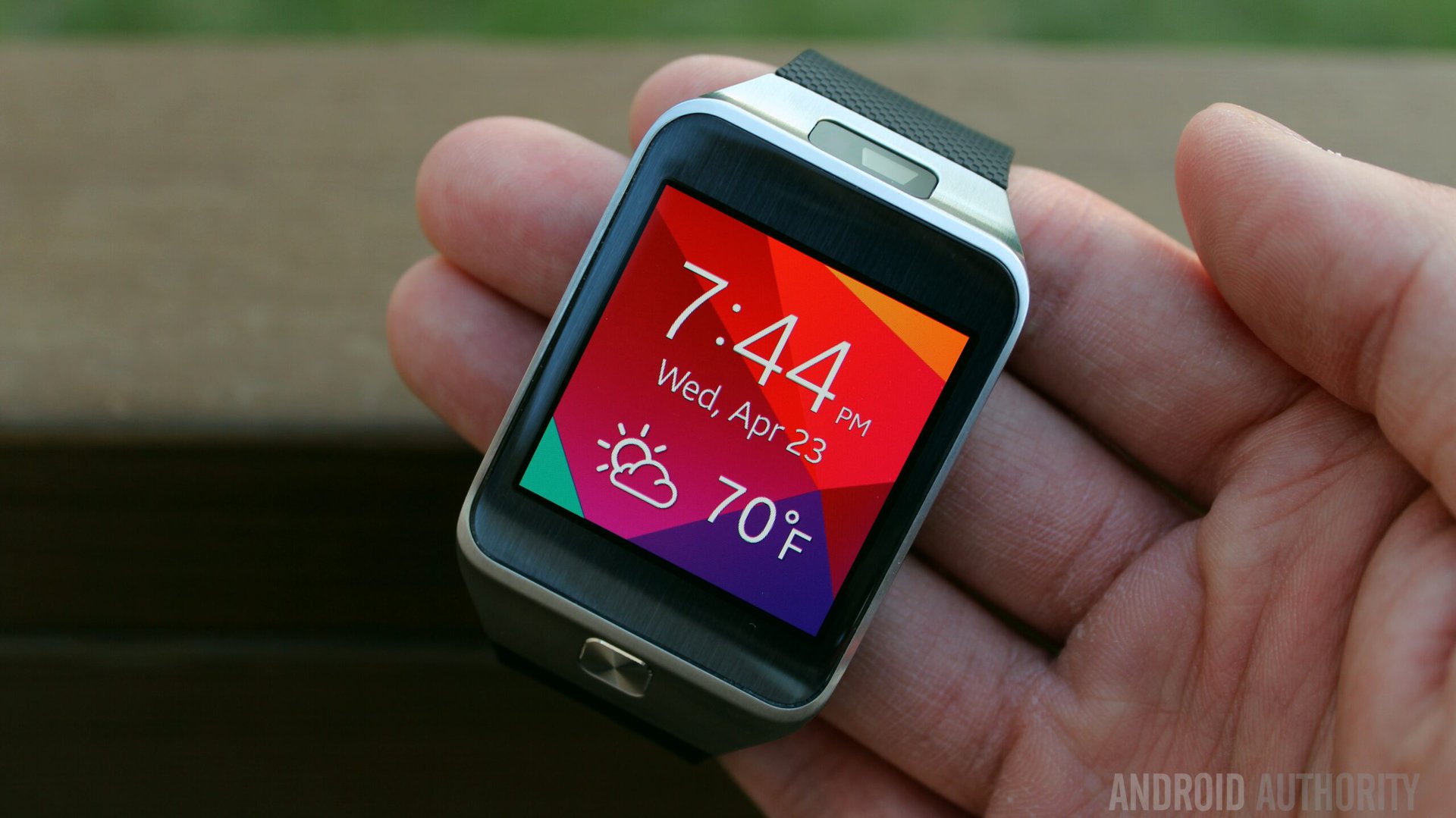
Wearable devices aren’t particularly marketed for their internal specs, but rather their wearability and connectivity. Still, we’re pleased to learn that the Gear 2 gets a small specs bump from the original Galaxy Gear, with a dual-core 1 GHz processor, 512 MB of RAM and 4 GB of internal storage. In terms of real-world performance, the Gear 2 is responsive and does not lag when opening and running apps. The touchscreen registers taps and swipes accurately, and we rarely had to repeat gestures and touches.
Camera

The camera on the Gear 2 is likewise similar to that found on its predecessor, which is a 2-megapixel autofocus camera. The clear improvement here is the location of the camera, which now sits flush into the watch’s body. You might find the resolution a limiting factor, but remember that the Gear 2 is meant to be used alongside a more powerful smartphone, anyway.
The advantage here is accessibility — you can take quick snapshots and video clips without having to bring out your phone from your pocket. Photos and videos are also automatically transferred to your phone for easy viewing.
Some other Gear 2 camera shots:
Battery life
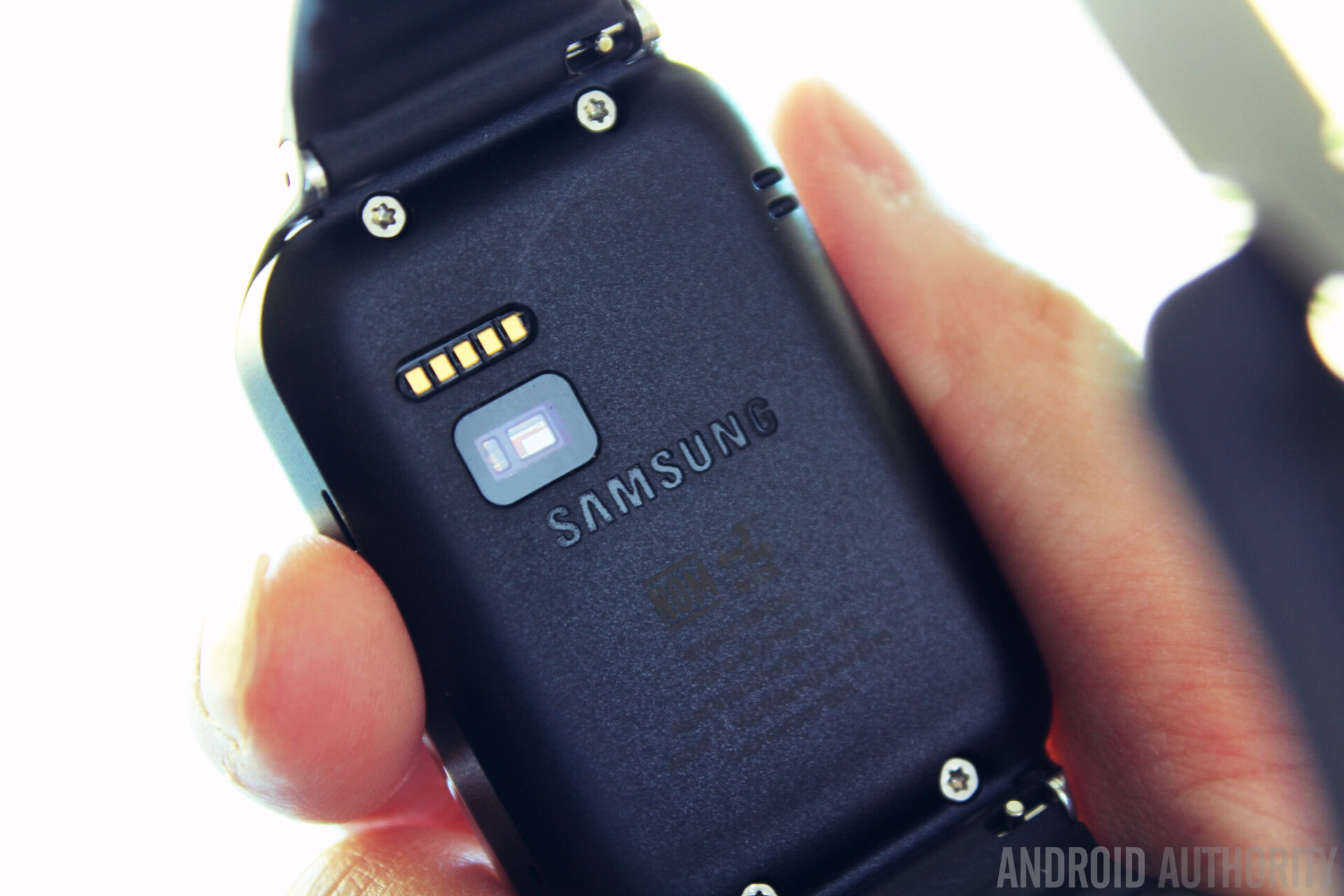
You’re likely to wear the Gear 2 on your wrist all day, and you wouldn’t want to have to charge the device come noon. The Gear 2 goes through three days of moderate use without a hitch. Sure, its battery only has a capacity of 300 mAh, but you would expect this from a device of this size. Plus, hardware and OS optimizations mean that you can stretch the capabilities of a small battery to its limit.
If you want to tweak your usage to get a bit more life out of the battery, you can lower the brightness and reduce app usage. Samsung says you can get up to six days of use per charge. But even with brightness at the highest setting, the Gear 2 should last you a reasonable amount of time before needing a recharge.
Software
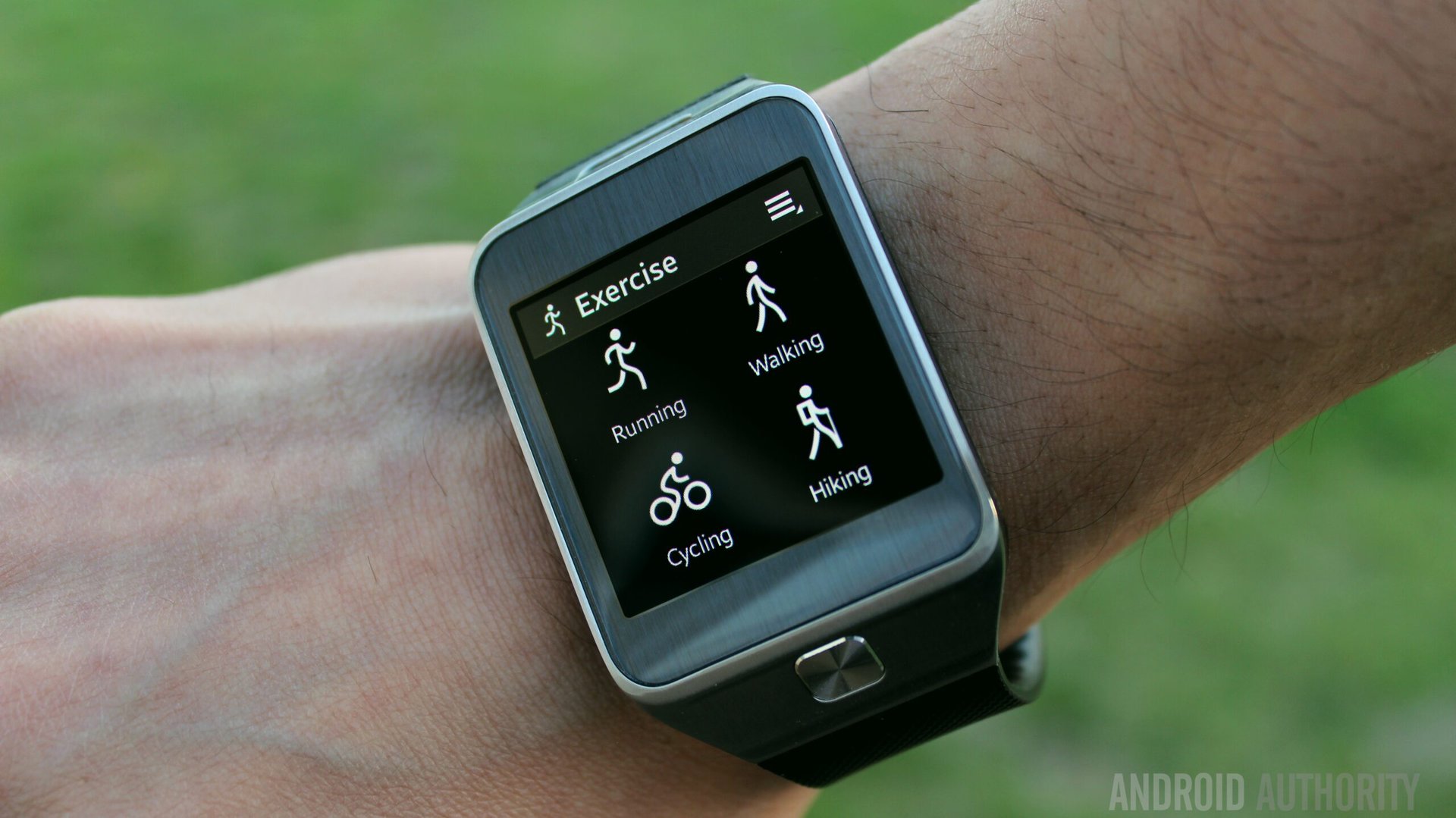
Again, with the Gear 2, Samsung has chosen to run Tizen instead of Android, although the basic functionality and interface are similar. You get the basic apps, like the dialer, contacts and email, as well as the ability to check your smartphone’s notifications. For voice control, Gear 2 offers S-Voice. Now, whether this is a benefit or a disadvantage will depend on your preference, particularly if you’re more used to S-Voice on your Galaxy smartphone or Android’s built-in Google Now.
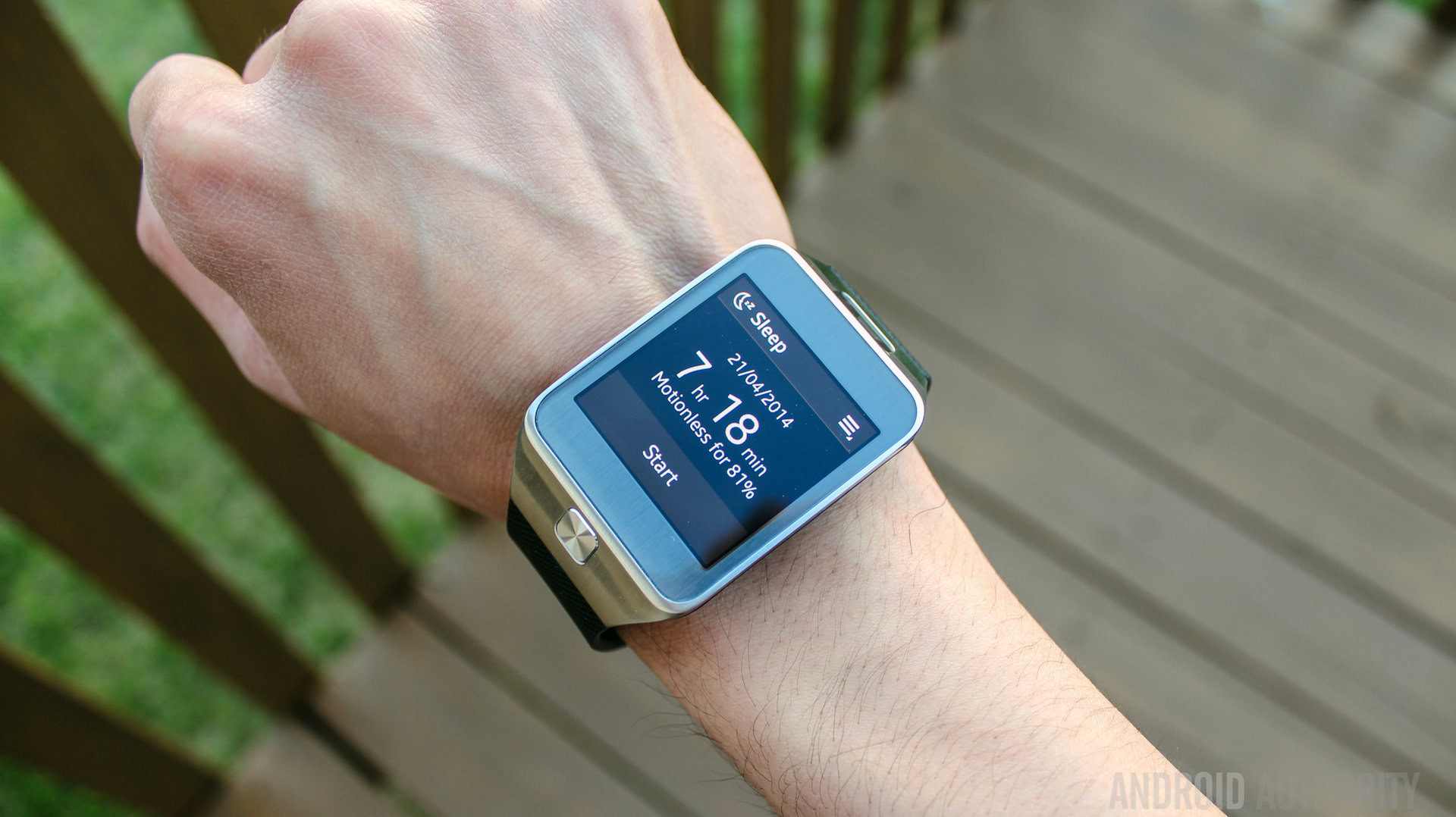
There are a few interesting use case scenarios with the Gear 2’s applications, particularly in terms of fitness and remote control.
- Exercise. The exercise app measures calories burned during walking, hiking, climbing or biking. The pedometer will also be useful for monitoring your steps, although we found a few instances of freezing, which may either be a connectivity issue or glitch.
- Sleep. Sleep monitor measures not only how long you sleep, but also measures how long you lay still during your sleep. This is perfect if you want to make sure you’re well rested after a hard day’s work (or play).
- Device control. Device controller lets you find either your smartphone or watch through Samsung’s Gear Manager app, provided that either one is connected and in range.
- Media control. Media controller lets you control music tracks on your phone. This works not only with Samsung’s own music player. It works with Google Play Music as well.
Price
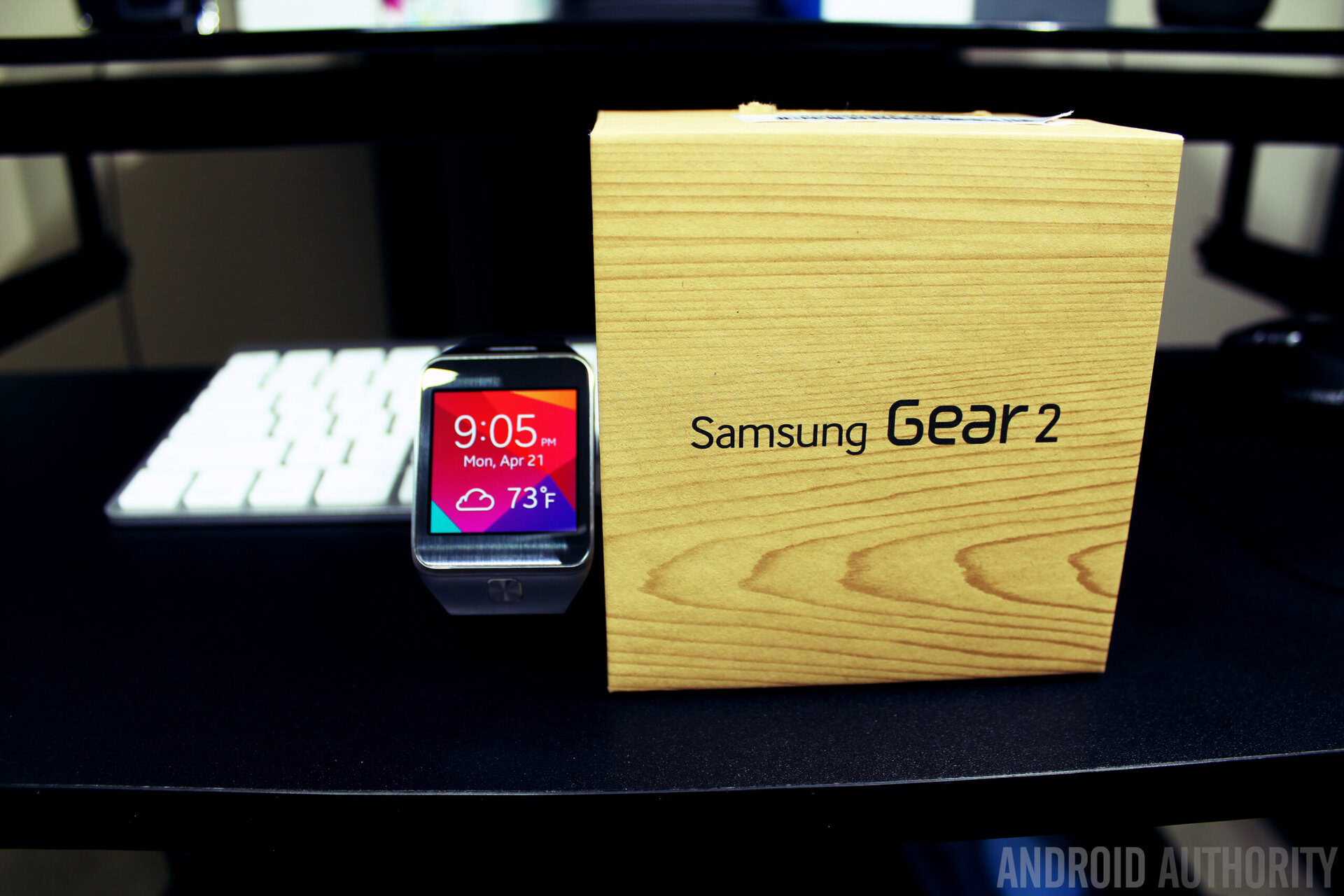
Gear 2 retails for $299 — quite a premium price for a smartwatch, especially considering alternatives like the Pebble Steel and Sony SmartWatch 2. Whether this is a good price or not is subjective, but if you’re already heavily invested into Samsung’s device ecosystem, then you might want to consider the Gear 2 over other wearables, given the extra functionalities that it offers.
Specifications
| Display | 1.63” Super AMOLED (320 x 320) |
|---|---|
CPU | 1GHz dual-core processor |
RAM | 512MB |
Camera | Gear 2: 2MP auto focus (1920x1080, 1080x1080, 1280x960) Gear 2 Neo: None |
Connectivity | Bluetooth 4.0 LE, IrLED |
Video | Codec: H.264, H.263 Format: 3GP, MP4 HD(720p, @30fps) Playback & Recording |
Audio | Codec: MP3/AAC/AMR/Vorbis Format: MP3, M4A, AAC, OGG |
Sensor | Accelerometer, Gyroscope, Heart Rate |
Storage | 4GB Internal Memory |
Battery | Li-ion 300mAh Typical Usage 2~3 days, Low Usage up to 6 days |
Other features | IP67 Certified Dust and Water Resistant, Noise Cancellation |
Dimensions | Gear 2 : 36.9 x 58.4x 10.0 mm, 68g Gear 2 Neo : 37.9 x 58.8 x 10.0mm, 55g |
Changeable Strap Color Options | Gear 2 : Charcoal Black, Gold Brown and Wild Orange Gear 2 Neo : Charcoal Black, Mocha Grey and Wild Orange |
Gallery
Final thoughts
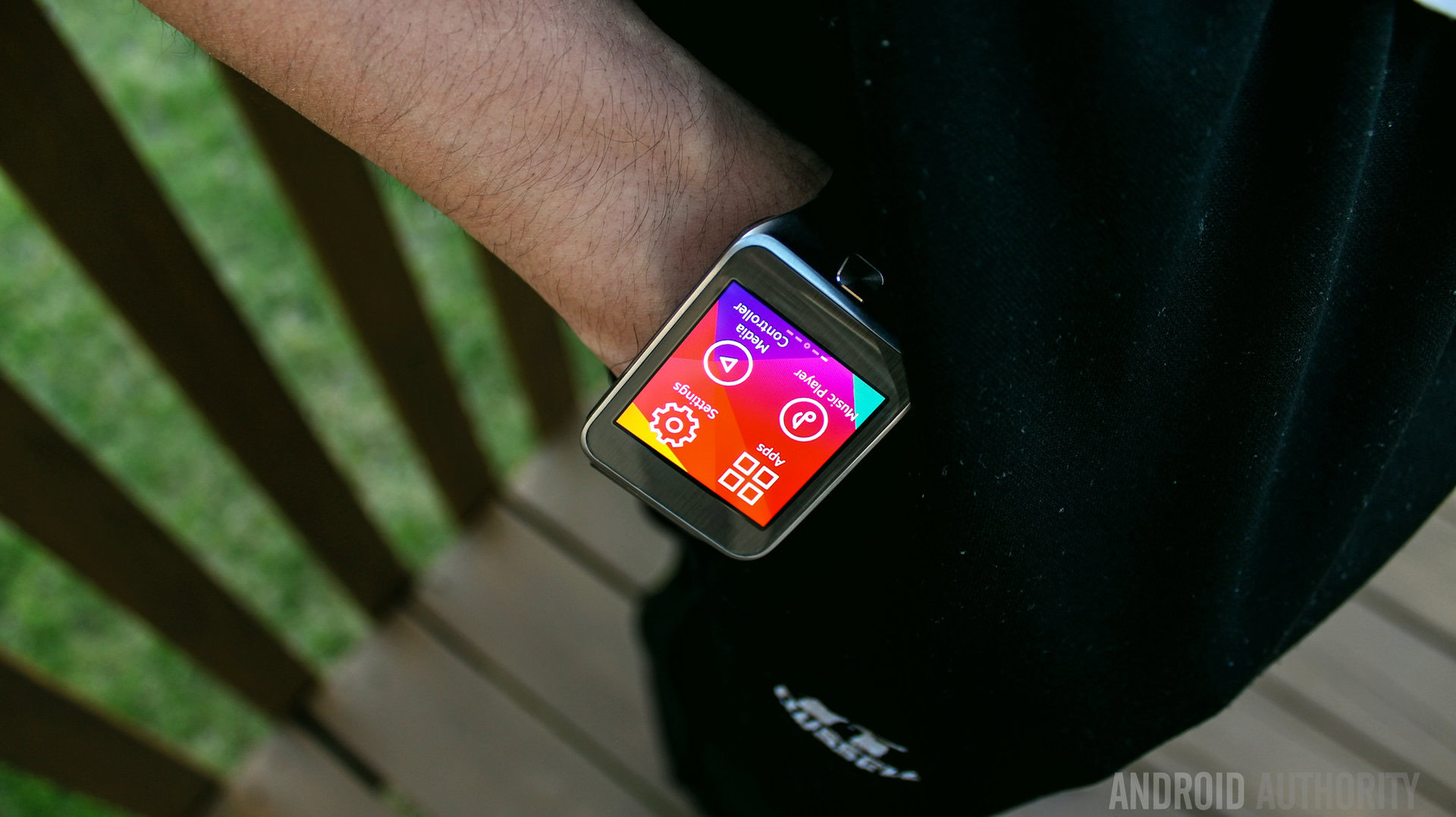
The Samsung Gear 2 is a worthy upgrade to the Galaxy Gear. It looks and feels more refined than its predecessor, with more polished hardware and extra software functionalities. Your only concern at this point might be the use of Samsung’s proprietary Tizen operating system, which means the Gear 2 may not offer as much customizability as other smartwatches that run Android. However, if you currently own a Samsung device, like the Galaxy S5 or Note 3, and you plan to stay loyal to Samsung’s device ecosystem for the foreseeable future, then the Gear 2 is one of your best options.